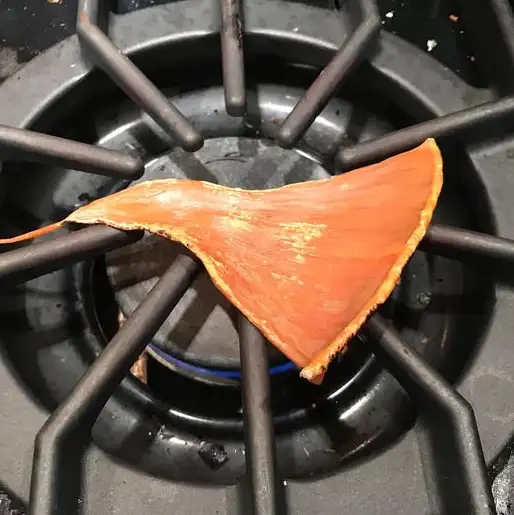Introduction
Sea cucumbers are fascinating marine creatures prized not only for their role in ocean ecosystems but also for their culinary value. Among their many uses, sea cucumber ovaries, known as konoko or kuchiko in Japanese, stand out as an extraordinary delicacy. This article explores the uniqueness, preparation, and cultural significance of sea cucumber ovaries while answering frequently asked questions about this intriguing food.
What Are Sea Cucumber Ovaries?
Sea cucumber ovaries are a rare and highly coveted ingredient derived from female sea cucumbers. Extracting them is labor-intensive, requiring approximately 20 kilograms of sea cucumber to produce a single piece of dried ovaries. This rarity has earned them the nickname “jewel of the ocean” and contributes to their high cost.
How Are Sea Cucumber Ovaries Prepared?
The preparation of sea cucumber ovaries is an intricate process, particularly in Japan. Here are the steps involved:
- Harvesting: Female sea cucumbers are caught during winter in regions such as Nanao Gulf, Japan.
- Extraction: Thin, thread-like ovaries are carefully removed by hand to avoid damage.
- Drying: The ovaries are shaped into triangles using chopsticks and hung to dry. This form, resembling a shamisen pick, gives rise to the name “bachiko.”
- Cooking: Dried ovaries are typically roasted lightly to enhance their flavor. A wet version, preserved in jars, offers a more delicate and sweet taste compared to its dried counterpart.
Taste and Culinary Uses
Sea cucumber ovaries have an intense briny flavor that evokes the essence of the ocean. The dried version delivers a concentrated taste, while the wet version provides a milder and sweeter profile.
- Pairings: They are often served with sake, as the umami and saline notes complement the drink perfectly.
- Preparation Ideas: Wet ovaries can be draped over pickled cucumbers or incorporated into dishes like uni gohan (sea urchin rice). The dried version is enjoyed by tearing it into bite-sized pieces and chewing slowly to savor its intricate flavors.
Cultural Significance
In Japan, sea cucumber ovaries are one of the 三大珍味 (Three Great Delicacies) alongside uni (sea urchin) and karasumi (dried mullet roe). These foods are celebrated for their rarity and deep cultural ties to traditional Japanese cuisine.
Frequently Asked Questions
1. Why Are Sea Cucumber Ovaries So Expensive?
The scarcity of ovaries, combined with the labor-intensive extraction and preparation process, drives up their price. Only a small amount can be harvested from each sea cucumber, making them a true luxury item.
2. Are They Safe to Eat?
Yes, sea cucumber ovaries are safe to eat when prepared correctly. They undergo meticulous cleaning and preservation to ensure quality and safety.
3. Where Can I Try Sea Cucumber Ovaries?
Authentic sea cucumber ovaries are best experienced in Japan, particularly at high-end sushi restaurants. However, some specialty stores and online retailers may offer dried or jarred versions.
4. What Do They Pair Well With?
Their intense oceanic flavor pairs wonderfully with dry Japanese sake, pickled vegetables, and delicate seafood dishes.
5. Can I Cook Sea Cucumber Ovaries at Home?
While cooking them at home is possible, their preparation requires skill and careful handling to preserve their unique texture and flavor. Beginners may prefer to enjoy them at a restaurant first.
Conclusion
Sea cucumber ovaries, with their intense flavors and cultural significance, are more than just a rare delicacy; they are a testament to the artistry and tradition of Japanese cuisine. Whether enjoyed dried or in their wet form, these ocean jewels offer a culinary experience unlike any other. For those willing to explore the briny depths of flavor, sea cucumber ovaries promise a taste of the extraordinary.

